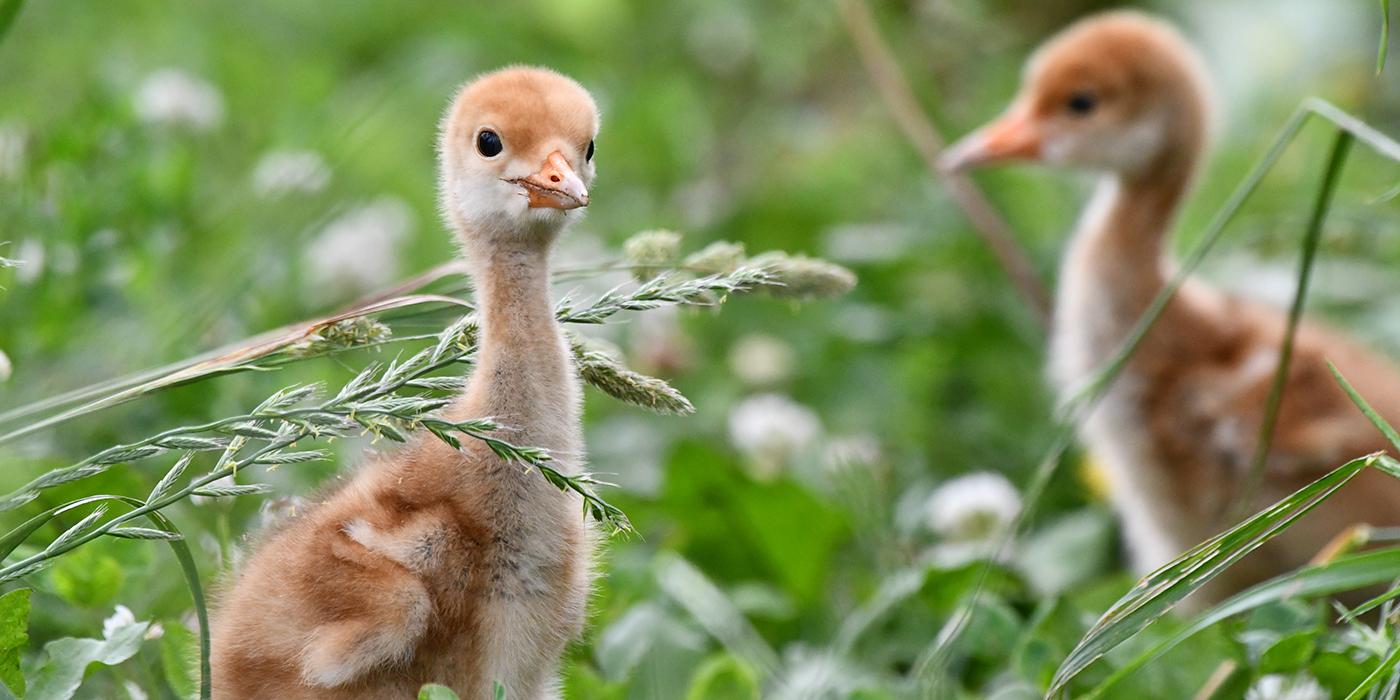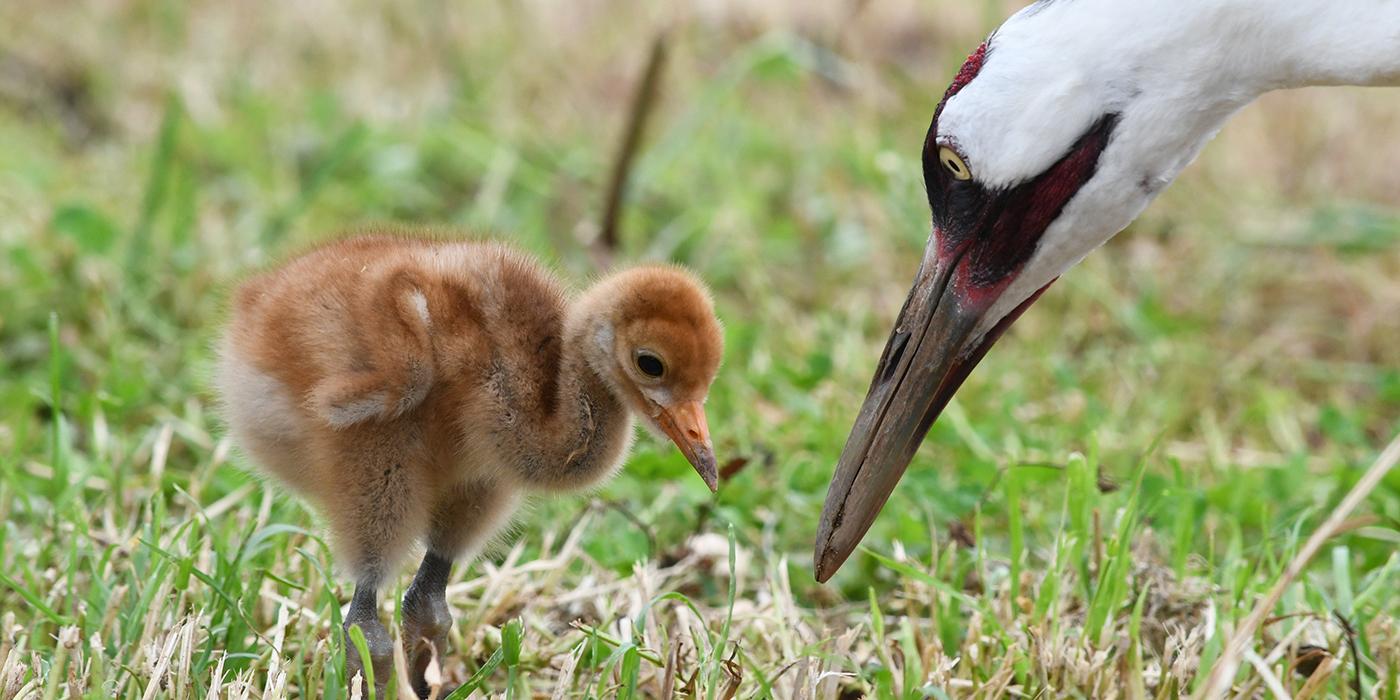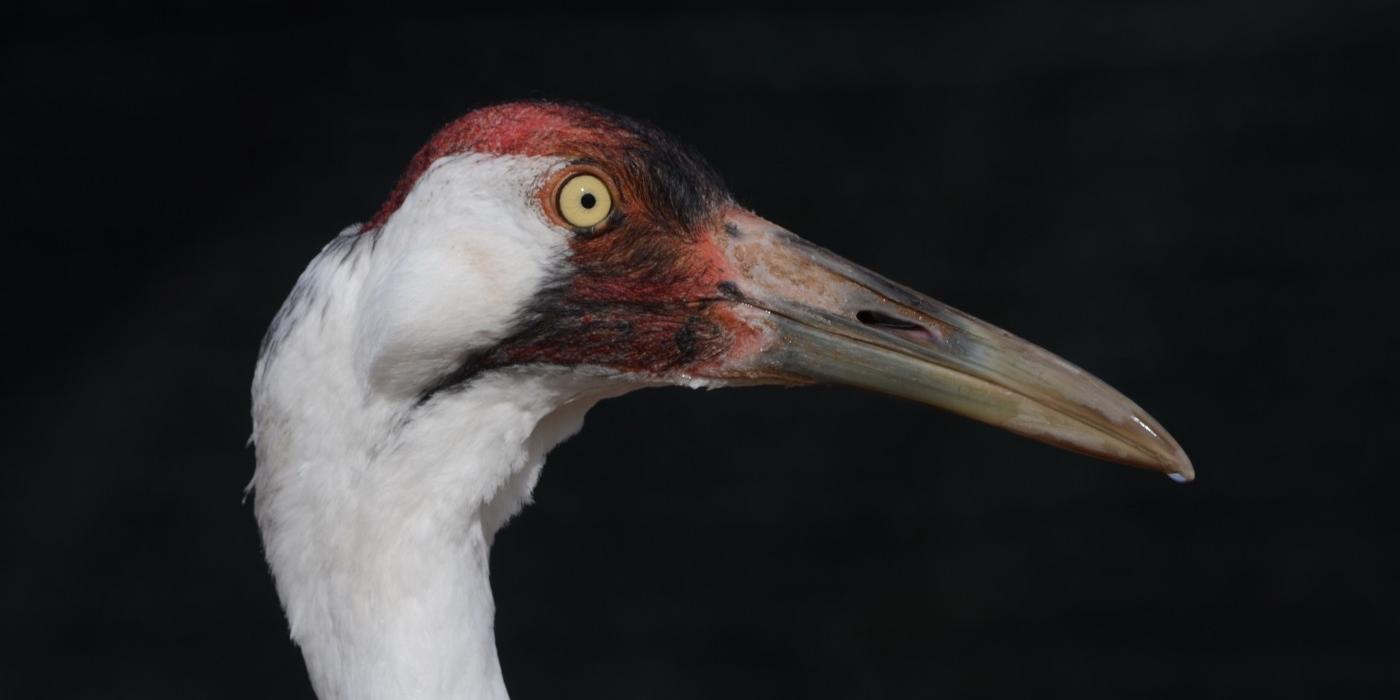Meet Our Rare Whooping Crane Chick
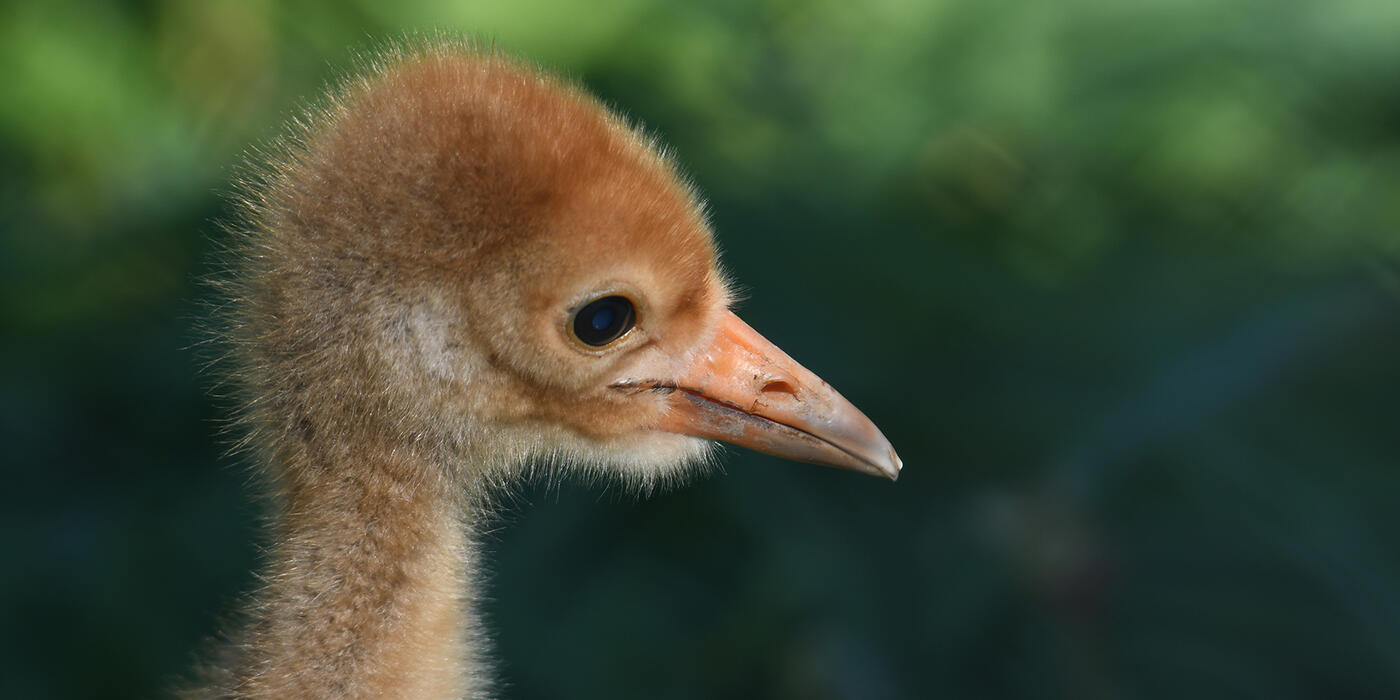
A whooping crane chick—called a “colt”—hatched June 16—the fourth of its kind to have hatched at our Front Royal, Virginia, campus! Whooping cranes are the rarest crane species in the world, so every colt is incredibly special. First-time parents Kenai (father) and Sunflower (mother) are very protective of their colt and attentive to its needs.
“Although the pair has been together for three breeding seasons, this is the first year Sunflower laid an egg,” said keeper Chris Crowe. “It’s a big deal that they bred naturally and are such good parents, especially since this is their first attempt. We’re feeling very optimistic about the future of our program.”

Chris Crowe/Smithsonian
Keepers say the colt’s personality is a mix of both parents. Like Kenai, the colt is very wary of keepers. Whereas dad will confront keepers, the colt will walk away or hide when they approach. Like Sunflower, the colt is active and alert. It spends most of the day following her, foraging for food and wading in the pond. Mom is always the first to feed the colt and dutifully broods (covers) it at night and whenever it rains.
Listen to a pair of whooping cranes unison call!
Whooping cranes are monogamous and have elaborate courtship rituals—including unison calls and dancing—that reinforce their pair bonds. The secret to this crane’s amazing volume and pitch lies in its trachea, which coils 9 inches into its sternum. At 5 feet in length, it is as long as this bird is tall!
Native to North America, whooping cranes live in prairie wetlands alongside shallow lakes, ponds and marshes. In 1941, only 21 of these birds remained in the wild. Since then, protection of whooping cranes and their habitats has helped boost their population.
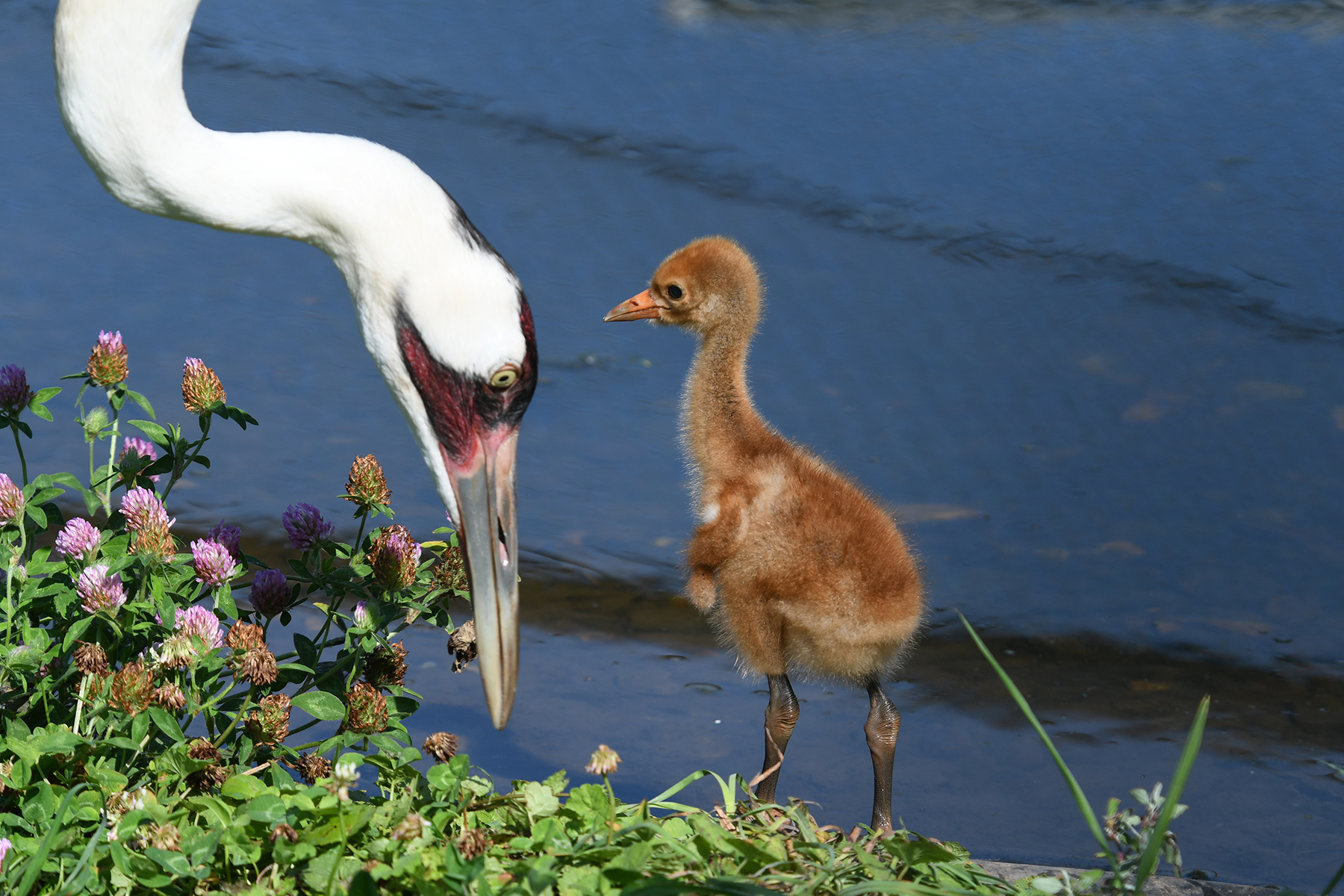
Chris Crowe/Smithsonian
Today, approximately 700 live in the wild and 130 live in human care. Still, they face threats from habitat loss, pollution and poaching. Whooping cranes are endangered, but we can all take simple steps to help them. The best way to protect cranes is to protect their habitats.
Help keep wetlands clean by refraining from littering and being mindful of the pesticides and fertilizers you use around your home. Some of those chemicals may runoff into wetlands, which could make wildlife ill, or worse. Be a good neighbor to wildlife and keep waterways clean!
Planning a visit to the Zoo? Visit our whooping crane pair at the Bird House!
Related Species:

